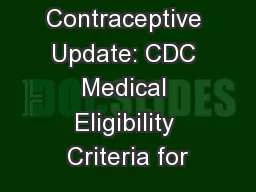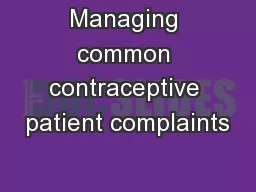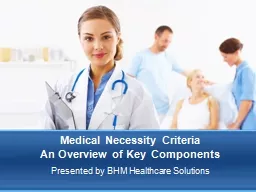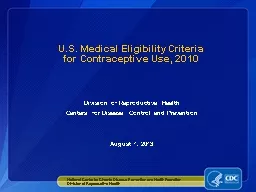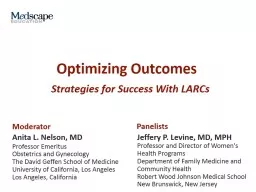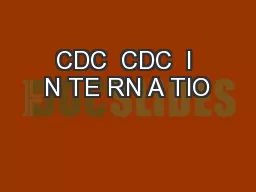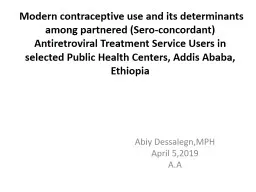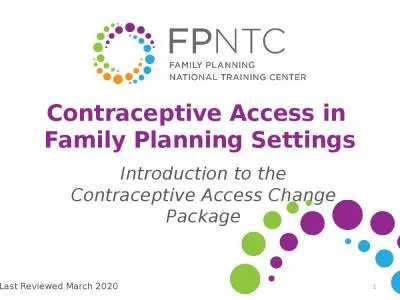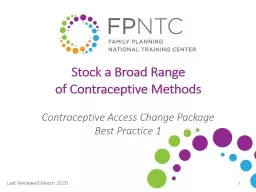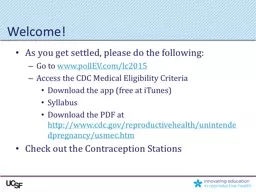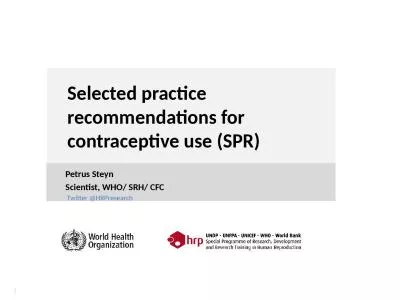PPT-Contraceptive Update: CDC Medical Eligibility Criteria for
Author : lindy-dunigan | Published Date : 2015-11-14
ARHP Learning Lab May 18 2011 Emily Godfrey MD MPH Expert Medical Advisory Committee Melanie Deal WHNP Student Health Services SF State University San Francisco
Presentation Embed Code
Download Presentation
Download Presentation The PPT/PDF document "Contraceptive Update: CDC Medical Eligib..." is the property of its rightful owner. Permission is granted to download and print the materials on this website for personal, non-commercial use only, and to display it on your personal computer provided you do not modify the materials and that you retain all copyright notices contained in the materials. By downloading content from our website, you accept the terms of this agreement.
Contraceptive Update: CDC Medical Eligibility Criteria for: Transcript
Download Rules Of Document
"Contraceptive Update: CDC Medical Eligibility Criteria for"The content belongs to its owner. You may download and print it for personal use, without modification, and keep all copyright notices. By downloading, you agree to these terms.
Related Documents

